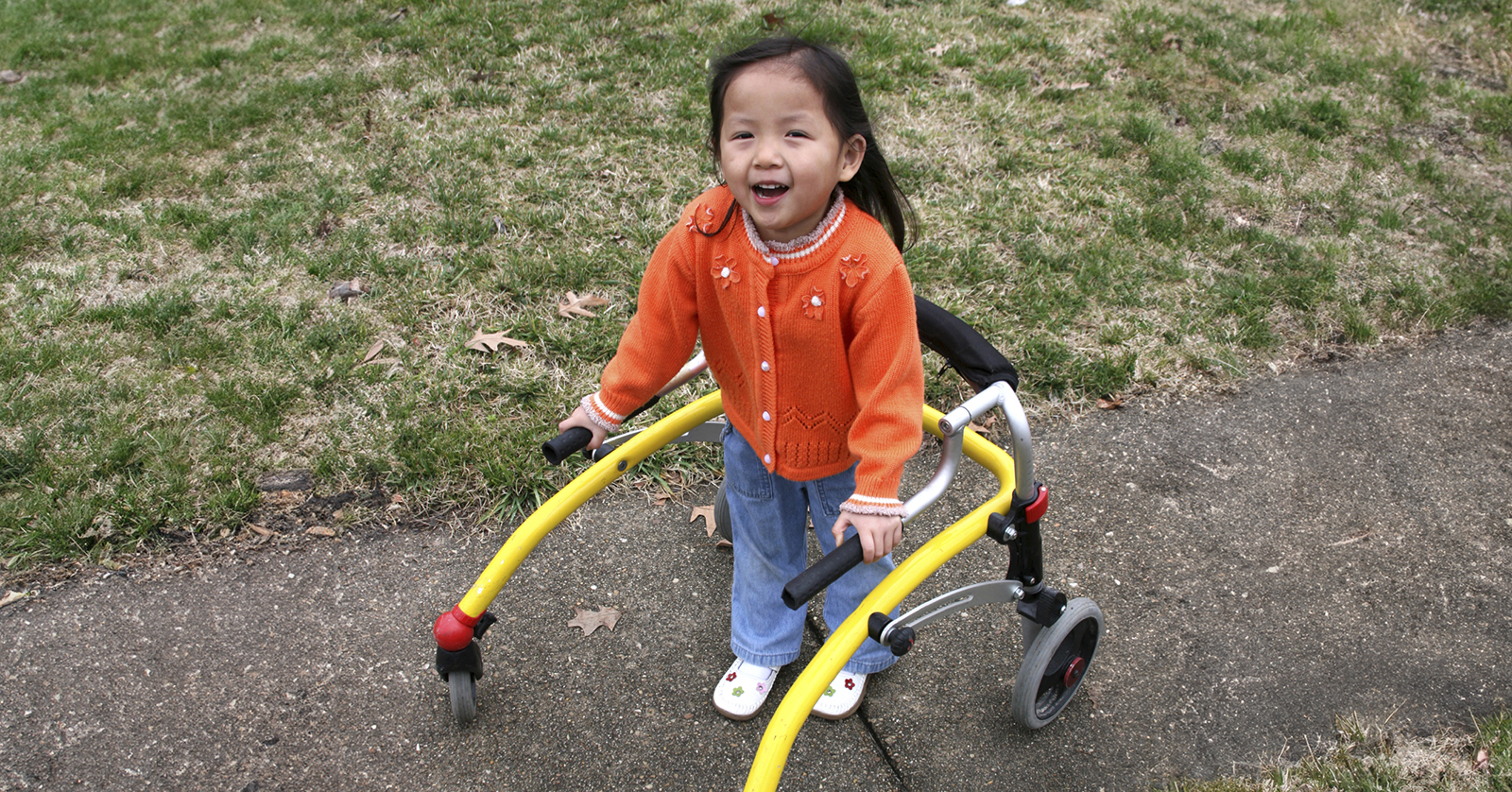
From 2008 to 2019, the odds of cerebral palsy among surviving preterm infants born before 27 weeks of pregnancy increased by an average of 11% per year, according to a study of nearly 7,000 children at 25 academic research centers funded by the National Institutes of Health (NIH). The authors believe the increase may reflect advancements in preterm infant care that have improved chances of survival.
The study was conducted by Sara B. DeMauro, M.D., at the Children’s Hospital of Philadelphia, and colleagues at the Eunice Kennedy Shriver National Institute of Child Health and Human Development (NICHD) Neonatal Research Network. It appears in the Journal of Pediatrics. NIH funding was provided by NICHD and the National Center for Advancing Translational Sciences.
Background
Cerebral palsy refers to a group of neurological disorders appearing in infancy or early childhood that permanently affect body movement and muscle coordination. It is caused by alterations in the developing brain that disrupt its ability to control movement. Cerebral palsy may result when areas of the brain involved in movement do not develop as expected. In other cases, it may result from injury to the brain before, during, or after birth. It is estimated to occur in up to .3% of births and is 70 times more common among infants weighing less than 3.3 pounds at birth.
Some studies have reported that cerebral palsy is decreasing among preterm infants, while others suggest that it is increasing.
Results
The authors sought to evaluate how prevalent cerebral palsy may be among children born before 27 weeks of pregnancy, how severe it is among them, and whether other conditions are associated with it.
The researchers evaluated 6,927 children born before 27 weeks when the children were 18 to 26 months of age (corrected for prematurity). Of this cohort, 1,303 (18.8%) had cerebral palsy, 1,125 (16.2%) had a suspected motor abnormality, 481 (6.9%) had hypotonia (low muscle tone), 301 (4.3%) had other abnormal neurologic abnormalities, and 3,717 (53.7%) had normal neurologic examinations and normal neurologic function.
From 2008 through 2019, the odds of cerebral palsy increased by an average of 11% per year. The researchers also evaluated the severity of the children’s cerebral palsy, finding that 64% had level 1 cerebral palsy (the least severe form), 22% had level II-III, and 14% had level IV-V.
Higher risk for cerebral palsy was associated with additional health problems, including lower birth weight, late onset sepsis (a blood infection occurring after delivery), higher grades of intraventricular hemorrhage (bleeding in the ventricles, or cavities, in the brain), periventricular leukomalacia (death of small areas of the brain surrounding the ventricles), and grade 3 bronchopulmonary dysplasia (lung disease of prematurity that required a ventilator at 36 weeks postmenstrual age).
Significance
The authors believe that improvements in medical care may have increased the survival rates of extremely preterm infants with high risk for cerebral palsy. Improved diagnosis of cerebral palsy over time may also help explain the findings. The authors noted that their study was conducted at 25 academic centers and was representative of the U.S. population as a whole. Therefore, their results may reflect a national trend, as the study population broadly represents national demographics.
Next Steps
The authors called for addition studies of children with cerebral palsy as they age to determine long-term effects of the condition and to provide information to guide their long-term care.
Reference
DeMauro, SB, et al. Increasing Prevalence of Cerebral Palsy Among Two-Year-Old Children Born at <27 Weeks of Gestation: A Cohort Study. The Journal of Pediatrics. 2024.

 BACK TO TOP
BACK TO TOP